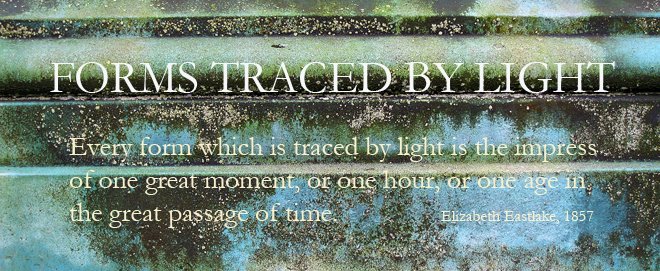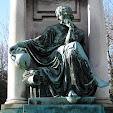
fetish and feline
At one level, this is, of course, nothing more than a picture of a Chinese China Cat, looking very smug in her flowery pyjamas, caught at the moment when some morning sun was falling on her. At another level - at least according to Sarah Kember's definition of the word in her essay on "Photography and Realism," this is a fetish object: that is, the photograph stands in for what is not there (even if I were to walk downstairs right now, the sunlight has gone; even if the sunlight is back tomorrow morning, the moment at which I took this picture is no more) - but I can carry it around, safe (yes, it's backed up) and portable on this computer, a miniaturized piece of my life, like all the other images jostling around on the hard drive.
But in fact the photograph stands for a lot more not-there than the absence of a china cat when one's not in a room with it. What the definition of a photograph as a fetish object under-estimates is the degree to which an inanimate object may be a fetish object in its own right: its role then being doubled by the photograph. Most obviously, Pyjama Cat is a stand-in - like all other china, wooden, etched, and indeed photographic cats in various corners of the house - for the Four Real Cats in Los Angeles, and hence she's a very basic type of fetish. But she's also the repository of memory: of previous houses that I've lived in, and where she sat in them - an embodiment, therefore, of what is no more. And she stand, too, for the more difficult fact that she was a gift from someone - Julia Briggs, the Woolf scholar and Victorian critic - with whom I came to have a very vexed relationship (that's academic speak for many a long story), and with whom I never had any chance of reconciling anything before she died, a year and a half ago, of a brain tumor. Kember's assessment of the photograph as fetish object doesn't, to my mind, cope with the awkward, regretful emotions that can get stirred up by them (and/or by what they represent). What (and this is a question we'll be discussing, I know, later in the semester) we don't like the affect produced by the resurrection of memory? What's so ironic, in this particular case, is that I've happily lived with Pyjama Cat for years without thinking about her origins. But taking this photograph - prompted only by the light falling on her - and then thinking how to write about it in relation to our reading has stimulated a whole lot of emotions I hadn't particularly been expecting to encounter (that doesn't, I think - reading on in Kember - make this photograph a "transformational object" - I'll get on to that one tomorrow) - since nothing has remotely been transformed in my consciousness - it's simply been stirred up, like some rather toxic sediment.


No comments:
Post a Comment